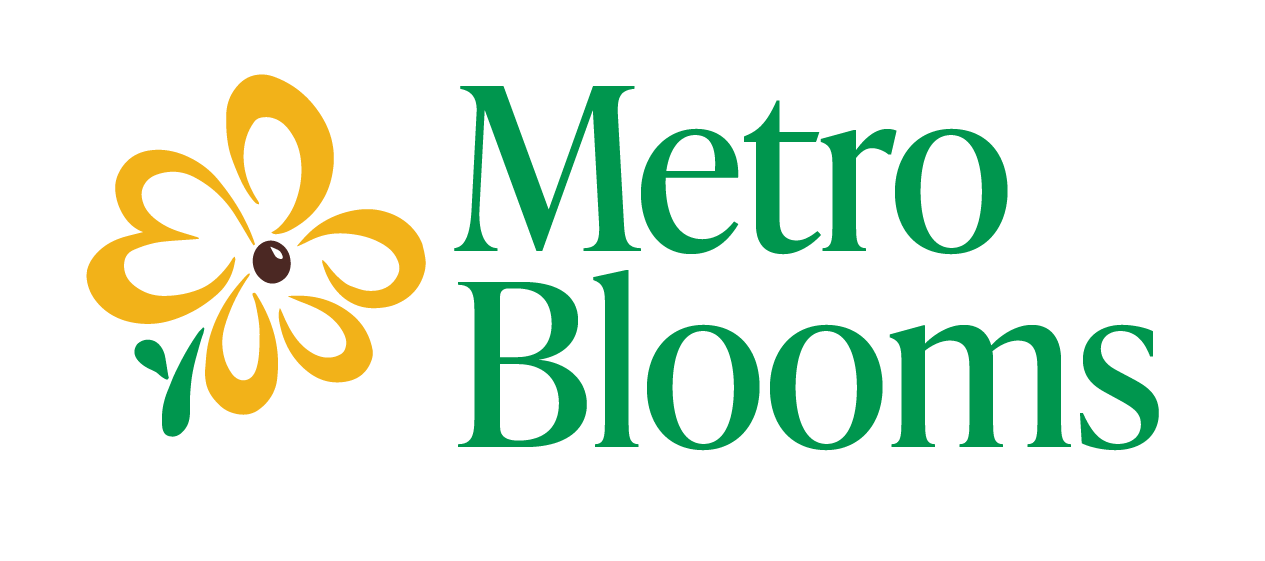Now that our warm summer has ended and our trees have all turned yellow, orange and red, we know what inevitably comes next. I’m sure by now you’ve wondered a time or two “what the heck am I going to do with all of these leaves?!” Well lucky for you, I’ve got a solution that will benefit you for the next year to come…start a compost pile!
Fall is a great time to start a compost pile in your own backyard because there is a plethora of brown material (a.k.a. leaves). It’s important that you do something with your leaves because if you simply leave them they often accumulate in storm drains and wash right into your local water body, bringing with them a lot of extra nutrients that can be harmful to aquatic ecosystems. So, how do you go about starting a compost pile with all of those leaves?
- First, you need to create an enclosure about 3 feet high that allows for air circulation from the sides (chicken wire is great for this)
- Add your first layer of brown, or carbon-based, material (i.e. leaves, vines, twigs, dried garden waste, shredded paper or straw)
- Mix in some green, or nitrogen-based, material such as kitchen scraps, fruit and vegetable peelings, coffee grounds and grass clippings
- Add a 1-inch layer of soil for every 6-inch layer of leaves and garden material (the soil provides the microorganisms that work on the compost and speed the decaying process)
- Compost will be dark brown when it’s ready and should be ready to use with your spring plantings!
A few helpful hints:
- Avoid using animal fat, bones or meat in your compost; they will make your compost smell and could attract a fly infestation
- Store extra brown material for future composting. It’s easy to store a few bags of dry autumn leaves in the garage or next to the compost bin for future use
- Cover your compost pile with a tarp; you want it moist, not soaking wet
- For a list of compostable materials, click here
Good luck and enjoy!
